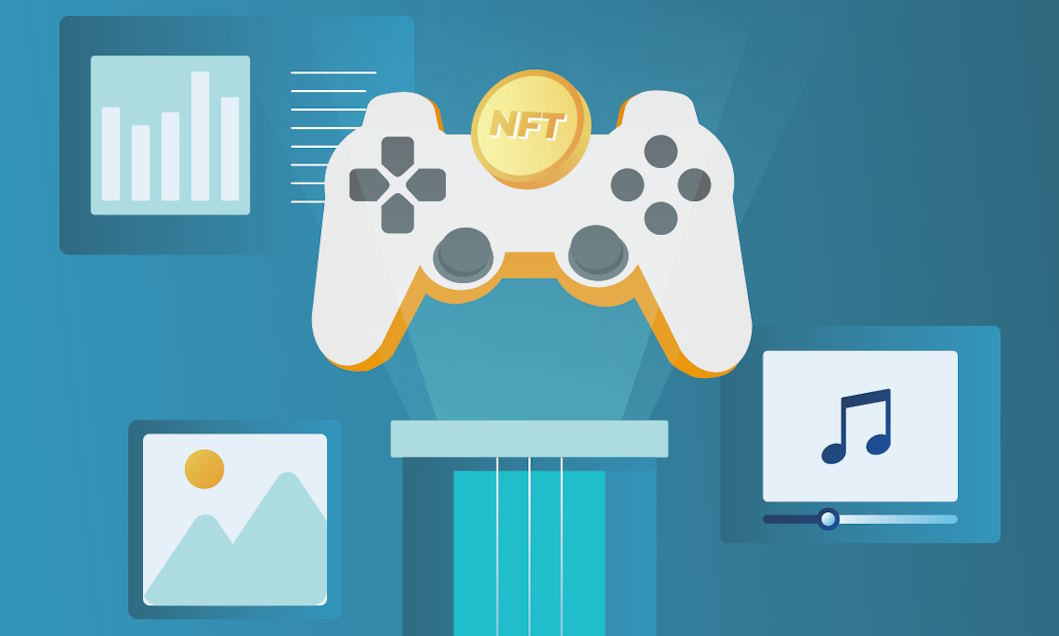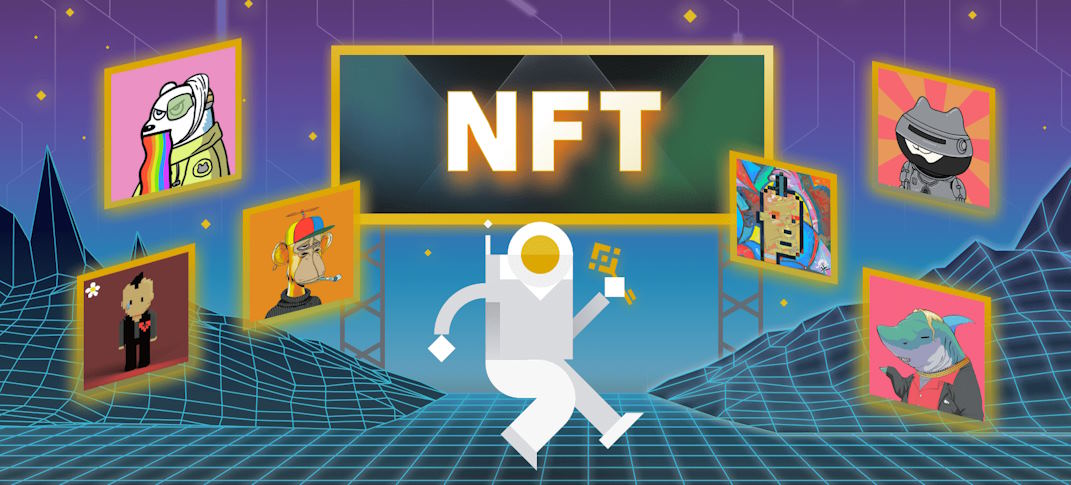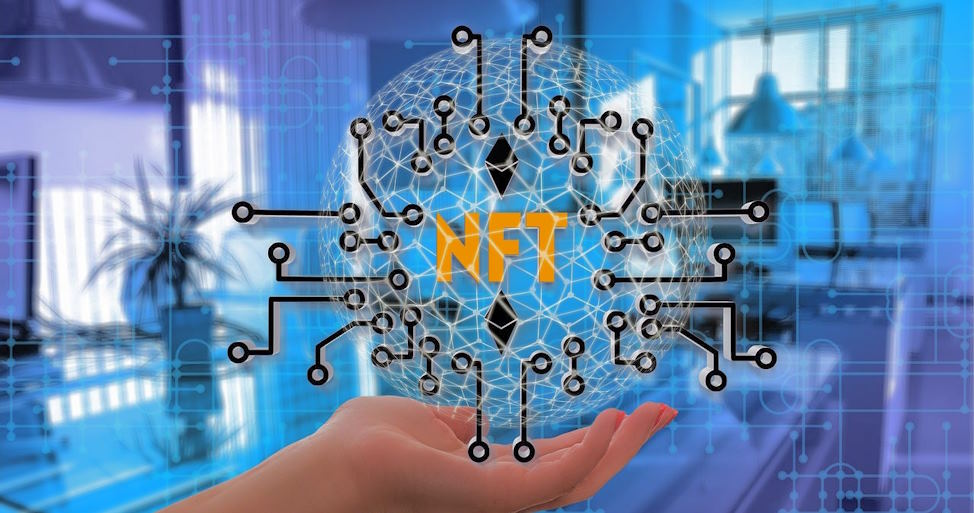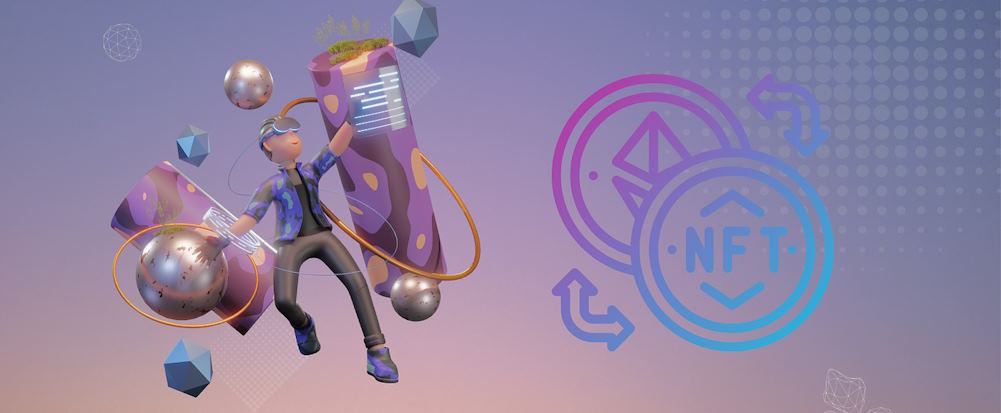The fusion of NFTs with video games has given rise to a realm where digital assets possess real-world value, and players are no longer mere consumers but active participants in intricate virtual economies. As blockchain technology continues to mature and the concept of the metaverse beckons, a nuanced understanding of NFT-based games is essential to anticipate the future trajectory of interactive entertainment and the ever-expanding possibilities it presents.
Introduction to NFT-Based Games
The fusion of NFTs with video games has given rise to a realm where digital assets possess real-world value, and players are no longer mere consumers but active participants in intricate virtual economies. From the pioneering sensation of CryptoKitties to the recent play-to-earn revolution exemplified by Axie Infinity, NFT-based games have left an indelible mark on the gaming landscape. This article aims to demystify the complexities of NFT-based games, dissecting the economic principles that underpin their success and exploring the challenges they face. As blockchain technology continues to mature and the concept of the metaverse beckons, a nuanced understanding of NFT-based games is essential to anticipate the future trajectory of interactive entertainment and the ever-expanding possibilities it presents.

Economics of NFT-Based Games
Tokenization of In-Game Assets
The process of tokenizing in-game assets involves creating unique NFTs on a blockchain for each item. This tokenization process unlocks several benefits for both players and developers. Players can securely trade or sell their assets, and developers can establish transparent scarcity and provable rarity, augmenting the perceived value of these digital items.
Player Ownership and Digital Scarcity
NFT-based games redefine the relationship between players and their virtual belongings. The inherent scarcity of NFTs amplifies their desirability, as players compete to own rare items that hold prestige within the game’s community. This dynamic scarcity fosters a new level of engagement and immersion.
Player-driven Economies
The introduction of NFTs has given rise to player-driven economies within games. Virtual marketplaces, facilitated by blockchain technology, enable players to autonomously trade assets, set their prices, and negotiate deals. The “play-to-earn” model, seen in games like Axie Infinity, has enabled players to transform their gaming prowess into a viable income stream.

Challenges and Controversies
Environmental Concerns
As the popularity of NFTs and NFT-based games has grown, so too have concerns about the environmental impact of blockchain networks. Many blockchains rely on energy-intensive consensus mechanisms like Proof of Work (PoW), leading to debates about sustainability and the search for eco-friendly alternatives.
Regulation and Legal Issues
The nascent nature of NFTs has given rise to legal ambiguities surrounding ownership, copyright, and intellectual property rights. The lack of standardized regulations has resulted in disputes, and the gaming industry is grappling with finding ways to navigate this complex landscape.
Inclusivity and Accessibility
While NFT-based games offer exciting opportunities, they also highlight the digital divide. Access limitations, including the need for reliable internet and familiarity with blockchain technology, can exclude certain demographics from participating fully in this new gaming paradigm.




